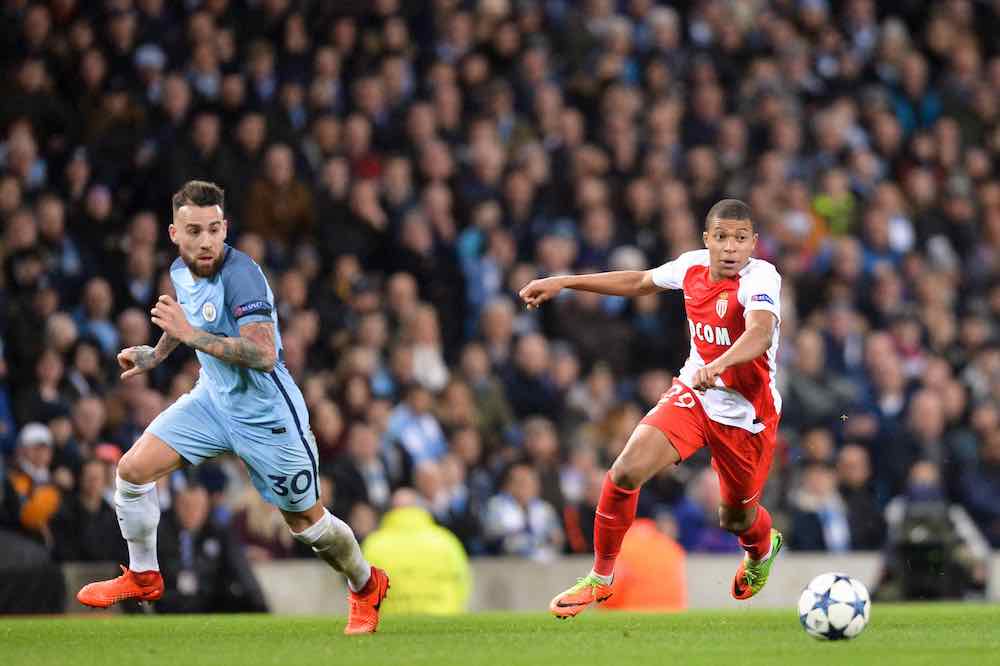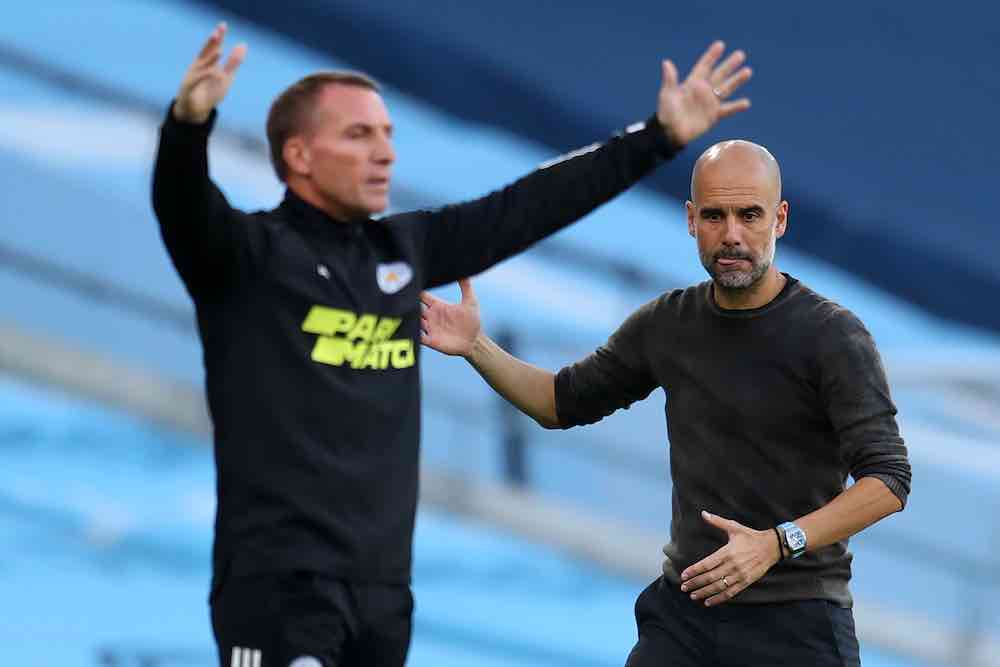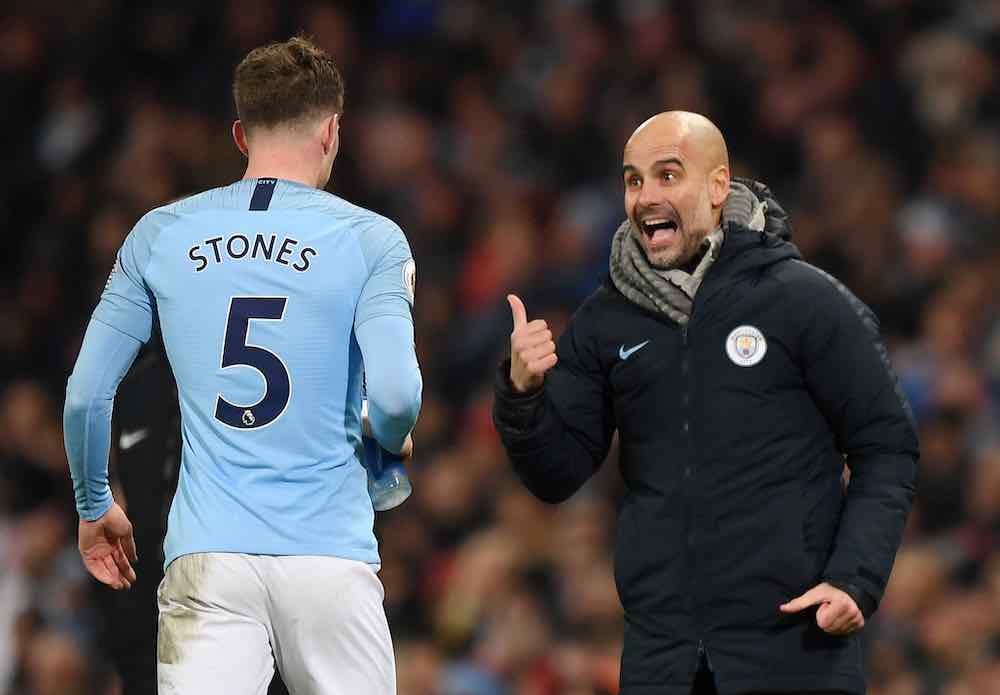By Nicó Morales.
It’s pretty easy to define what makes a good attacker. Perhaps, not so much because there’s any single action that we can hold up and say when repeated makes a good attacker, but because the end product is self-evident. Be it a measured through ball or incredible close control through a crowd of players, good attacking players are (mostly) easy to find because the value of their actions is immediately discernible.
Defending, however, gets a bit more complicated. Obviously, like attacking, there’s a clear result that could define what it is to defend well. Successfully stopping an attacking player from scoring could, in the same sense, be held up as what it is to be a good defender. But we know, more often than not, it goes a bit deeper than that.
Thanks to modern-day analysis, we know that a defender trying to stop a full-pelt Kylian Mbappe across forty yards is a) really hard, and b) not entirely down to the actions of the defender. If anything, they’re subject to the faults or mistakes of someone much further up the pitch. Often, the most subtle actions can stop a dangerous counter-attack in the same way that the most seemingly inane moments can foment defensive lapses.

Before the game’s subjugation to complicated ideas represented by triangles, squares, and other cogent shapes, the arithmetic used to arrive at the archetypal defender was pretty logical. Put your largest and strongest people between the attackers and the goal, and you’ll make it harder for them to score. Those with the athletic ability to shoo away attackers in the final moments had a clear job. The ability to time a tackle became idealized, and those who could martial a defence through physical examples were living gods.
However, with the advent of modern tactical practices, we’ve found that those aesthetically pleasing but entirely unnecessary risks are surplus to requirements. If you can stop the defender from ever needing to make a tackle, you minimize the possibility of a chance ever being created. If we analyze the aforementioned hypothetical, the contingent term for Mbappe’s forty-yard sprint, lest it’s created of his own volition, is a pass.
With enough time and space, a capable midfielder or defender can send a quick attacking player into tons of space, making an offensively favourable situation for said player. The idea, then, in this more proactive line of thinking, would be to stop the pass.
How a team could hope to stop something as basic as a pass from even occurring might seem insane. Still, it is the reality we find ourselves in given the extremely disproportionate distribution of resources in the modern game — especially when Pep Guardiola is concerned.
Because his teams manage to maintain so much possession — primarily attributed to both the concentration of incredible talent at his disposal and the cogent possession structure they’re asked to abide by — his teams make the pitch smaller than it actually is. Though there were times in his career where the area he sought to control varied, his time in the Premier League has tended towards smaller relevant sizes.
This is mainly due to his approach to defending. Because his attacking philosophy is concerned with manipulating the opposition’s defensive shape via overloads, efficient recycling of possession around the shape, and drawing opponents further from their own goal with a buildup structure, Guardiola has necessitated compactness in his formation to aid the practices that help minimize the chances others can create.
Smaller relevant pitches allow his technically proficient, high energy lineups a better chance at both keeping the ball, due to the structures in place, and employing the counter-measure that regains possession if it’s ever lost; the counter-press. Shorter distances mean players can harry opponents more quickly and in greater numbers.
For the most part, this approach has worked. Manchester City have been one of the best teams on both sides of the ball for some years now by xG and xGA, but it’s a reality that’s slowly but surely deteriorating. As Ryan O’Hanlon notes, the quality of chances City have been giving away is increasing. Naturally, some of the criticism has come down on the defenders and, given embarrassing defensive lapses seem to be of glaring consistency across Guardiola’s career, the manager.
Some of this is well-deserved. On occasion, Guardiola’s system does isolate defenders in perilous 1v1 situations when the counter-press is beaten. Defending forty yards of space in behind is no easy task, and Guardiola has been the first to admit that.
However, to a certain extent, the idea that Guardiola is a bad ‘defensive coach’ is a tad overblown. Aside from the fact that his teams have always registered on the higher end of defensive output, his defenders are occasionally subject to a natural byproduct of a team that has so much of the ball.
Camping out in the opponents half and managing to create as many chances as they do in such little space will occasionally create a situation where the press is beaten. It’s an inevitability of modern footballing physics.
The obvious retort would be to suggest that City were once able to have their cake and eat it too. In their centurions season, they recorded the best output in the league on and off the ball. They did similarly in the following title-winning year, too. The issue is that the prevalence of Guardiola’s style, as well as that of Jurgen Klopp’s, has changed the landscape of the league.
Where teams were once dumbfounded and astonished by the quickness and tenacity of City’s shape and relentless pressing, most teams understand the requisite tools needed to stand a chance. The width of the formation when City look to manipulate the shape and the patience required to slough off the aggressive counter-press once City slip up are among the variety of changes Guardiola, Klopp, and the influx of tactically proficient managers in the Premier league have engendered.
Nowhere is this reactivity to City’s dominance more visible than in their most recent defeat to Brendan Rodgers’ Leicester City. Suffice it to say, Rodri’s insulting characterization of their approach was borne more out of spite than of accurate tactical perception.

Rodgers’ side might not have been the most proactive when it came to pressuring City off the ball — sitting in a low, compact block for most of the game — but what made the greatest difference was their patience in possession. With a number of instances in which Leicester midfielders and defenders took their time playing out of pressure once possession was regained, it’s no surprise City found themselves conceding so much control regarding the relevant space of the pitch.
By minimizing the effectiveness of City’s space controlling tactics, Rodgers effectively achieved the same result Klopp managed all those years ago against a much more impregnable City side. They forced a team that actively looks to reduce transition into the footballing equivalent of a game of basketball.
For Klopp, this increasingly treacherous tactical landscape allows his side a bit more comfort. Because their shape and squad are more conducive to dealing with transition, the Reds find themselves a better fit for various opponents. Where Guardiola’s side started as a possession dominant outfit willing and able to quell the chaos their opponents might seek to catalyze, Klopp’s Liverpool started as the latter and have adapted parts of their game to deal with the inevitability of possession — protecting the weaknesses of their players and emphasizing those they do decide to recruit.
To return to the question as to whether Guardiola and his cohorts are in some way inept at both finding and developing defensive talent, the answer seems to find itself in the context in which these players occupy. If the general timeline of modern tactical evolution is as follows; Jose Mourinho exploits the openness of a generally tactically ambiguous Europe, followed by an equal exploitation and controlling of space found in the positional elements popularized by Guardiola, then the next step of football’s evolution can be found in a ubiquity of transition-heavy sides.
Where Guardiola’s capacity to control a large space will have only isolated his defenders every now and again — finding some respite in the active legs of Manuel Neuer and Ederson — we may now see his defenders come under pressure more often.
Whether he’ll be able to adapt to the changes he’s helped bring about remains to be seen. Still, one certainty is that it will parallel the general perception of defenders and their ability under his guidance.


COMMENTS
All that is said here may all very well be true. But to accurately test your theories or phylosophies, first Man City need to either continue their recent trend of a midfield 3 with only 1 attacking and 2 protecting the backline or find someone new to play the single defensive midfield role that Rodri is not able to do and Fernandinho can no longer do as well as he once did. Only then will we really know if opposing teams have truly caught up to Pep’s tactics. Because last year the combination of centerbacks who werent adequate because of injury, age or ability along with no effective cdm just doesnt allow us to truly test your hypothesis.